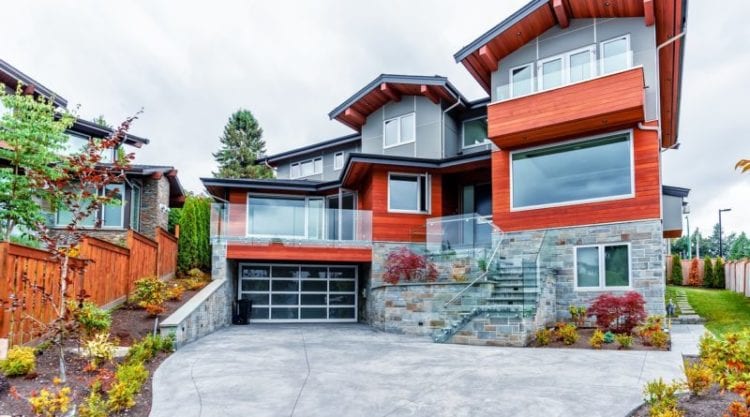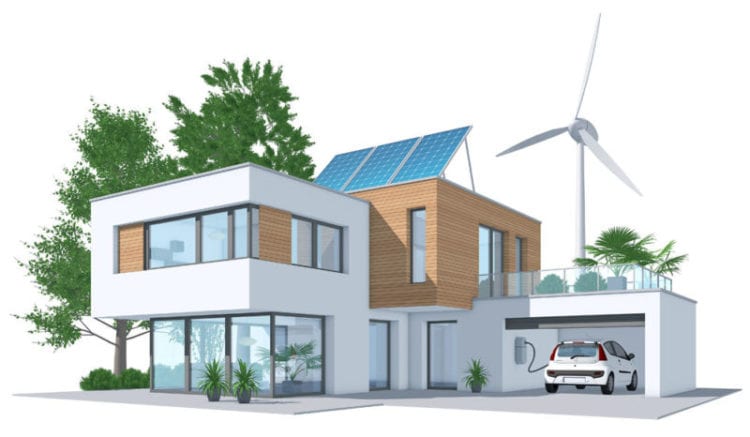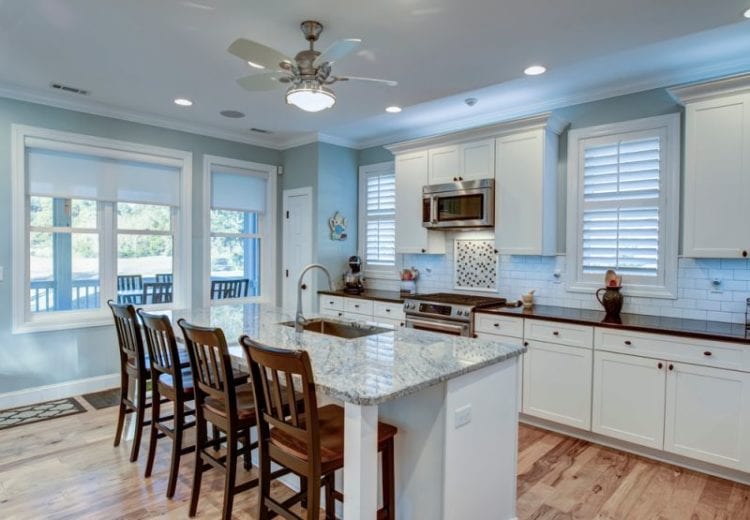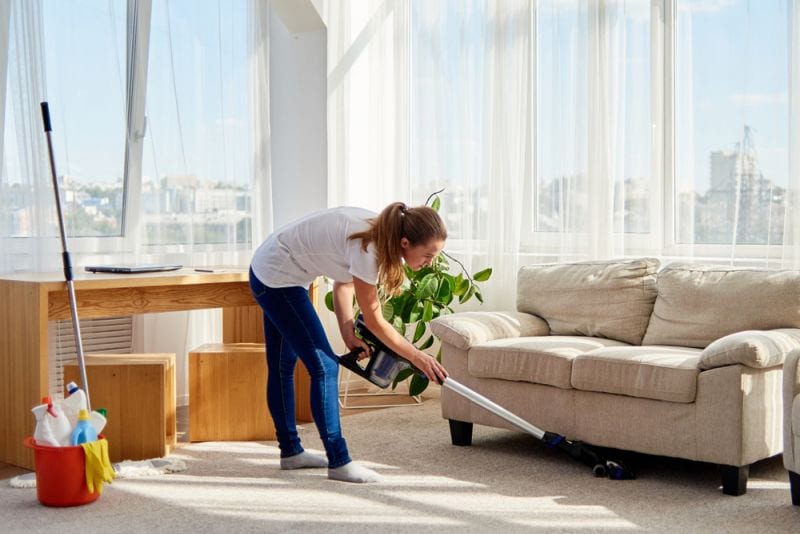It’s a no-brainer that we need to do everything possible to keep our homes healthy. But is scrubbing, dusting, vacuuming, and generally cleaning our homes enough? Does clean equate with healthy?
In a word, the answer to both questions is no!
While cleanliness is vitally important, there are many other factors that contribute to the health of a house including energy efficiency, durability, and air quality. Similarly, there are numerous conditions that make a house unhealthy including insufficient insulation and a lack of humidity control, both of which promote damp and mold, and the use of products that contain toxic substances and volatile organic compounds (VOCs) that can cause a multitude of health effects and disorders from skin irritations, headaches, asthma and other upper respiratory conditions, to cancer.
Research shows that poor housing conditions are directly responsible for poor health. But the effects of an unhealthy house go further than disorders and illness. They can cause stress, depression, anxiety, high blood pressure, and hypertension, and they commonly disrupt sleep patterns.
The health benefits of sustainable homes are not as tangible as the more commonly discussed benefits like reduced pollution in the home, the retained or improved value of the house, and lower utility bills for water, fuel, and power. However, they do translate to reductions in all kinds of diseases including respiratory and heart disease, and diabetes.
The key is to know what housing-related health risks are and how to reverse them.
What Makes a House Healthy?

Healthy homes are sustainable. This means that they generate less waste, and they utilize systems that improve both energy and water efficiency, because they are built to higher resource-efficiency standards.
Essentially, when houses are built to higher resource-efficiency standards there is a reduced need for off-site infrastructure to cope with the generation and distribution of electricity and even water supply and waste treatment works and waste landfill facilities. When resource efficiency of a community is improved, for example with well developed parks and open spaces, people are more likely to walk, ride bicycles and so on, which is also good for both physical and mental health.
Increased resource-efficiency standards generally also make people more aware of environmental issues. They also impact directly on environmental issues including reduced carbon emissions, lower water use, and less waste going to landfill.
Research also shows how home performance and energy-efficiency upgrades can have a positive impact on the health of those living there. These include:
- Upgrades suggested by the U.S. Department of Energy (DOE) in its Weatherization Assistance Program including insulation and air sealing, lighting, lighting and heating, and ventilation systems.
- Home improvements that are supported by The DOE’s ENERGY STAR and Home Performance programs.
- Green home renovations that include window replacements, ventilation upgrades, repairs that aim to reduce allergens, as well as moisture control efforts.
Of course, healthy homes don’t only help to keep us healthy, they also help to improve a sense of well being and make us feel more comfortable. We feel better because we are better.
How Energy Efficiency at Home Improves Our Health

The International Energy Agency (IEA) has undertaken substantial research into the many benefits of energy efficiency, and has analyzed how these can positively affect our health. For instance:
- Air sealing and insulation creates a tight thermal envelope that retains the heating and cooling functions within the home. This ensures that the temperatures inside are comfortable, the relative humidity indoors is lower, and allergens inside are reduced. As a result, there are likely to be fewer symptoms of respiratory disease. The impact of temperature extremes (including death) will be less likely.
- Improved heating systems result in heating systems that are cleaner burning and ensure that all the by-products of combustion are properly vented to the outside of the building. Additionally, the whole home – not just not just parts of it – is heated by the system. Improved heating creates comfortable indoor temperatures and it increases the size of the indoor living space that can be used in cold weather. It also reduces the occurrence of harmful particulates and gases.
- Improved cooking systems are cleaner burning and the by-products created by combustion are vented correctly to the outside. Like improved heating systems, they reduce the occurrence of harmful particulates and gases as well as the symptoms of respiratory disease. It is also believed that they reduce the risks of cancer.
- Improved ventilation increases the air flow through and in the house. It also reduces dampness and mold as well as the occurrence of gases and particulates. The health impacts of improved ventilation are even greater than the other energy-efficiency measures although some are common to all of them. They include reduced symptoms of respiratory and cardiovascular disease, arthritis, depression, and even cancer.
How Good Ventilation Improves Our Health at Home

In addition to improving health as part of an energy-efficiency strategy, ventilation on its own can have an incredibly positive impact.
There are various types of enhanced ventilation including whole-house ventilation and balanced systems. The latter type use heat recovery ventilators (HRVs) or or energy recovery ventilators (ERVs). HRVs transfer heat while ERVs transfer both heat and moisture. Both types mechanically supply fresh air from outside the house while using an exhaust system to expel stale air from inside.
Whole-house ventilation, which lowers humidity levels, is known to be effective in lowering dust mite levels, which helps asthmatics and those who are allergic and who are more vulnerable to respiratory illnesses.
HRVs and ERVs have been found to improve the respiratory health of asthmatic children as well as skin allergies.
It is only relatively recently that the house performance industry has begun to promote that one of the fundamental values it can provide is improved health! But as studies reviewed in a U.S. Department of Energy publication, Home Rx: The Health Benefits of Home Performance (2016) show, many people rely less on healthcare systems after their homes were upgraded to become more energy efficient. More specifically, general health, mental health, asthmatic symptoms, and to a lesser extent, blood pressure problems, hypertension, and cardiovascular issues improved.
In addition to energy efficiency, the quality of indoor air is vitally important, and this is where those offering MEP design services, like NY-Engineers, can help by designing effective ventilation systems.

